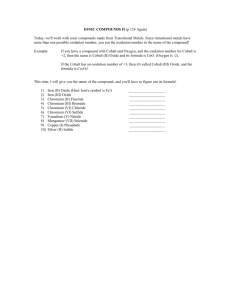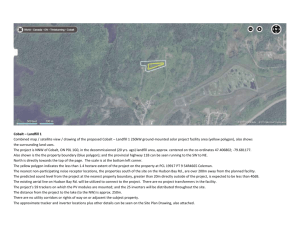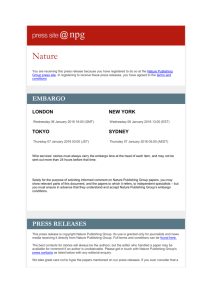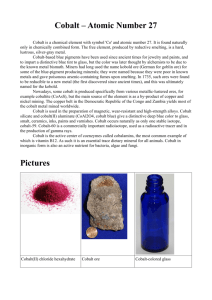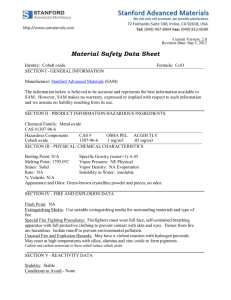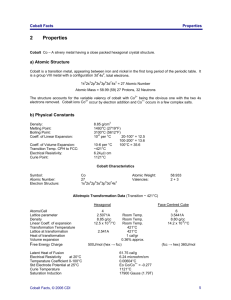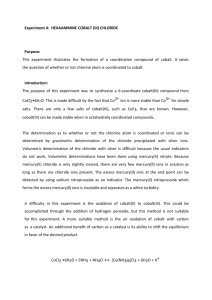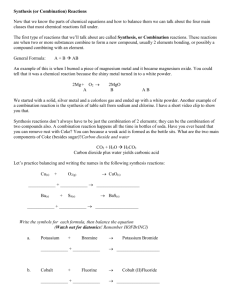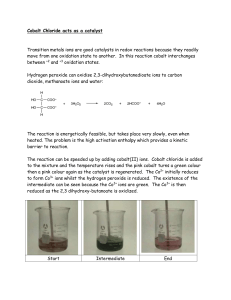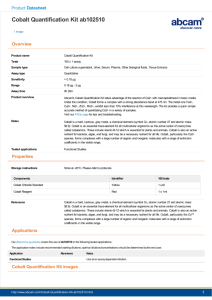one-pager
advertisement
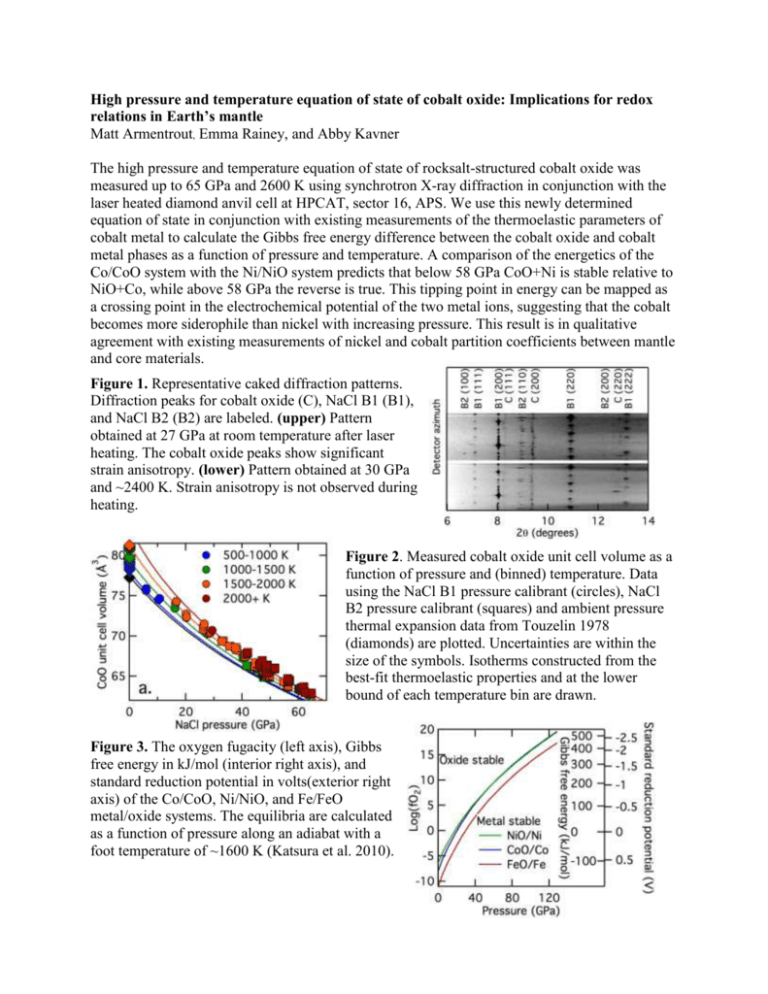
High pressure and temperature equation of state of cobalt oxide: Implications for redox relations in Earth’s mantle Matt Armentrout, Emma Rainey, and Abby Kavner The high pressure and temperature equation of state of rocksalt-structured cobalt oxide was measured up to 65 GPa and 2600 K using synchrotron X-ray diffraction in conjunction with the laser heated diamond anvil cell at HPCAT, sector 16, APS. We use this newly determined equation of state in conjunction with existing measurements of the thermoelastic parameters of cobalt metal to calculate the Gibbs free energy difference between the cobalt oxide and cobalt metal phases as a function of pressure and temperature. A comparison of the energetics of the Co/CoO system with the Ni/NiO system predicts that below 58 GPa CoO+Ni is stable relative to NiO+Co, while above 58 GPa the reverse is true. This tipping point in energy can be mapped as a crossing point in the electrochemical potential of the two metal ions, suggesting that the cobalt becomes more siderophile than nickel with increasing pressure. This result is in qualitative agreement with existing measurements of nickel and cobalt partition coefficients between mantle and core materials. Figure 1. Representative caked diffraction patterns. Diffraction peaks for cobalt oxide (C), NaCl B1 (B1), and NaCl B2 (B2) are labeled. (upper) Pattern obtained at 27 GPa at room temperature after laser heating. The cobalt oxide peaks show significant strain anisotropy. (lower) Pattern obtained at 30 GPa and ~2400 K. Strain anisotropy is not observed during heating. Figure 2. Measured cobalt oxide unit cell volume as a function of pressure and (binned) temperature. Data using the NaCl B1 pressure calibrant (circles), NaCl B2 pressure calibrant (squares) and ambient pressure thermal expansion data from Touzelin 1978 (diamonds) are plotted. Uncertainties are within the size of the symbols. Isotherms constructed from the best-fit thermoelastic properties and at the lower bound of each temperature bin are drawn. Figure 3. The oxygen fugacity (left axis), Gibbs free energy in kJ/mol (interior right axis), and standard reduction potential in volts(exterior right axis) of the Co/CoO, Ni/NiO, and Fe/FeO metal/oxide systems. The equilibria are calculated as a function of pressure along an adiabat with a foot temperature of ~1600 K (Katsura et al. 2010).
